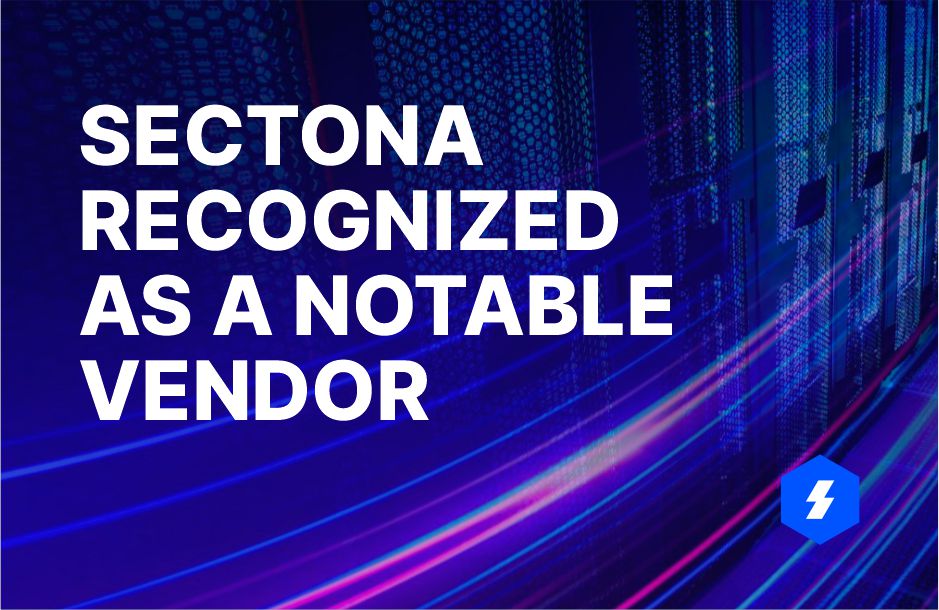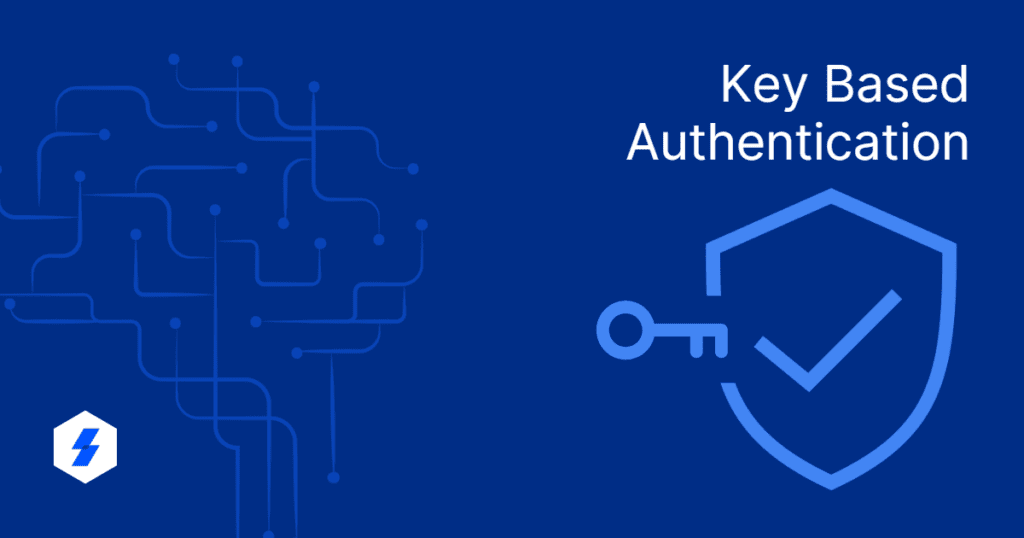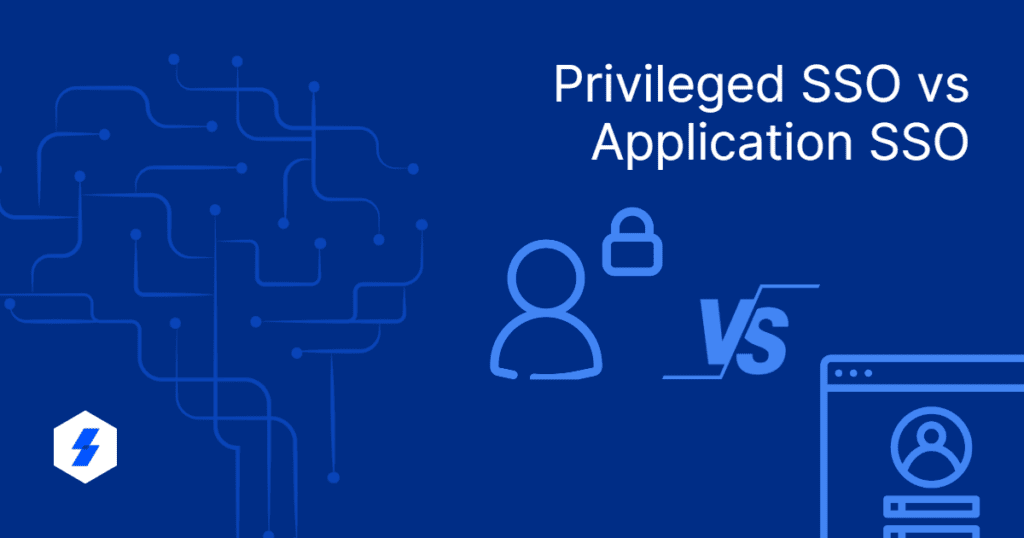Active Directory-Based Authentication
Authenticate users and Grant access through credentials stored in Active Directory
What is an Active Directory (AD)?
Windows Active Directory or Active Directory (AD) is a central repository of information related to all resources in the organization’s network. The information can range from devices to documents, ensuring efficient information management. AD consists of a Windows server that works in compatibility with the Windows Operating System in order to provide centralized management, scalability and security.
Why is Active Directory Important?
As organizations adapt to the digital industry’s demands and standards, the proportion of resources like employees, databases, or servers being managed raises questions about accountability. Also, given the scattered structure of managing the infrastructure and its processes, it becomes difficult for organizations to keep track of employee activities, making it easier for attackers to gain access to the network’s resources, resulting in a massive loss of sensitive information.
To manage organizational resources in the network, Windows started the AD Domain Service in Windows Server 2000 and evolved through Windows Server 2012. It is a repository of all such contents of the organization databases, including resources, shared documents, service accounts, and domain admin accounts, allowing for centralized policy creation, user management, and authentication control.
To manage organizational resources in the network, Windows started the AD Domain Service in Windows Server 2000 and evolved through Windows Server 2012. It is a repository of all such contents of the organization databases, including resources, shared documents, service accounts, and domain admin accounts, allowing for centralized policy creation, user management, and authentication control.
What are Some of the Benefits of Active Directory?
- Managing all resources and policies of the organizational network is simplified from a centralized space.
- Allowing secure authentication by following the Kerberos protocol that is used in Windows Server 2012.
- Leveraging the scope and scalability of the AD to enable organizations to tackle growing needs by making changes to the policy properties and user management.
Which Type of Authentication is Used in Active Directory?
AD Authentication is a process that typically follows Kerberos protocol, where users have to log in using their credentials to gain access to resources. Kerberos is a security protocol where users are required to log in only once to gain access to the organization’s resources; instead of passing on the user’s credentials over the network, a session key is created for the user that lasts for a designated time period allowing for a flexible authentication. Along with the session key, token information is also generated that contains all the access rights and policies attached to the user, ensuring that the user is accessing resources that they are entitled.
How Does Authentication Work in Active Directory?
When an endpoint client connects to the endpoint server, an authentication process identifies the client and the user currently working on that computer.
Here’s How the Authentication Process Goes:
- The client requests an authentication ticket from the AD server.
- The AD server returns the ticket to the client.
- The client sends this ticket to the Endpoint Server.
- The Server then returns an acknowledgment of authentication to the client.
How does Sectona Security Platform Leverage Active Directory?
Sectona Privileged Access Management Solution provides Active Directory-Based Authentication by integrating with directories like Microsoft AD, Azure AD, Open LDAP, IBM Tivoli Directory, Oracle Internet Directory, and Radius. The preview details an overview of the AD & Directory Store and the variables essential to configure them.
Are you looking for more resources about authentication? We suggest you go through SAML Authentication, Password-Based Authentication, Key-Based Authentication and Multi-Factor Authentication.
Are you looking for more resources about authentication? We suggest you go through SAML Authentication, Password-Based Authentication, Key-Based Authentication and Multi-Factor Authentication.
Related Concepts
Was this article helpful?
YesNo






